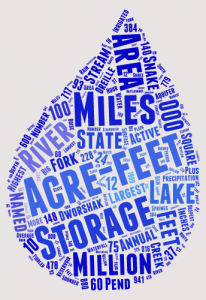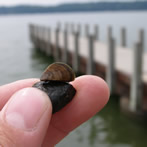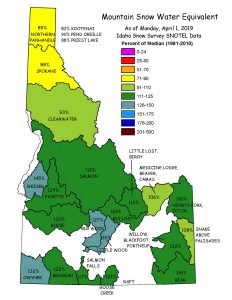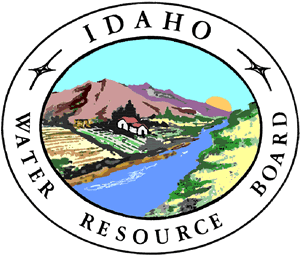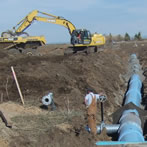Overview
Injection wells are used as a means to dispose of or store fluids in the subsurface. In Idaho, excess stormwater, agricultural water, and facility heating/cooling water are the most common fluids disposed of with injection wells of various design, including standard cased well, drain fields, infiltration trenches. The Underground Injection Control (UIC) program was delegated by EPA to the Idaho Department of Water Resources (IDWR) in 1985. The Idaho Department of Water Resources (IDWR) regulates the construction, operation, and abandonment of all injection wells through the Idaho Underground Injection Control Program. A majority of the wells currently managed by the IDWR UIC program are storm water, agricultural return flow, and heat exchange systems. The construction and use of large-capacity cesspools and motor vehicle waste disposal wells (MVWDW) is prohibited in Idaho. The Environmental Protection Agency (EPA) mandated that existing large-capacity cesspools and MVWDW be decommissioned by April 2005. For more information, contact the IDWR Underground Injection Control Program. Injection wells can directly or indirectly cause negative impacts to groundwater resources. The well owner/operator may incur considerable costs for mitigation, cleanup, and legal fees in the event that subsurface contamination is caused through the operation of an injection well. An injection well permit does not release the well owner and/or operator from liability. IDWR encourages permanent closure of injection wells wherever practical. Injection wells in Idaho are categorized into two types:
- Deep Injection Wells: greater than 18 feet deep
- Shallow Injection Wells: less than 18 feet deep
Hot Topics
The Environmental Protection Agency (EPA) signed the final rule revising the Code of Federal Regulations to reflect the voluntary transfer of the Class II Underground Injection Control program from Idaho to the EPA. The final rule was published in the Federal Register and made effective on July 30, 2018.


